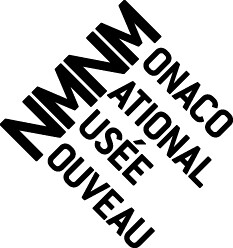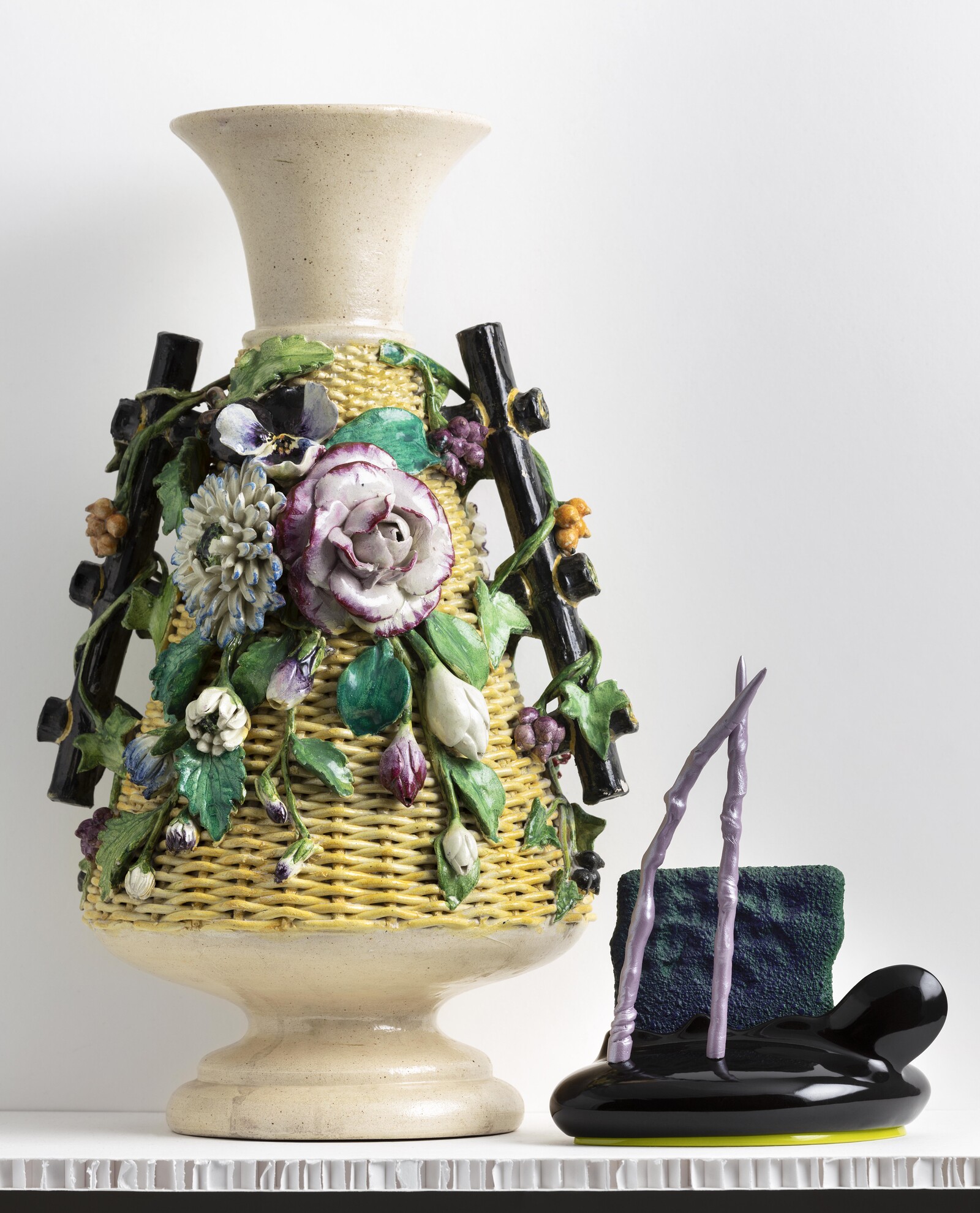September 18, 2020–January 31, 2021
Villa Sauber
17, avenue Princesse Grace
MC-98000 Monaco
Monaco
Hours: Monday–Sunday 10am–6pm
T +377 98 98 20 95
presse@nmnm.mc
The exhibition Artifices instables, Stories of ceramics presents a journey through inventions and experiments highlighting the diversity of shapes and decorations of ceramics, as well as its production processes. These different stages of production – the selection and preparation of clay, the shaping, the finishing, the decoration, the cooking and the enamelling – reveal, also, the « recipes » and the almost alchemic preparations which vary from one creator/inventor to the other.
Cristiano Raimondi, guest curator at the NMNM for this exhibition, chose to investigate ceramics as a heterogenic and unstable material, able to tell transversal stories. Through a selection of more than 120 pieces by international artists, the curator designed a set-up which is a crossover between atelier and a cabinet of curiosities.
The whole space has been planned with the help of Swiss designer Adrien Rovero who conceived the tables where some of the works will be exposed, and Cypriot designer Michael Anastassiades for the lighting, with his String Lights produced by Flos. The exhibition path involves both floors of Villa Sauber, and the works are displayed following the idea of affinity and visual references.
The “fabrique de Poteries artistiques de Monaco” (Monaco’s Artistic Potteries factory), begins its activity in 1874 inspired by the Arts & Crafts movement, enhancing the production of ceramic pieces enriched with very colourful floral and animal decorations, referring to the local plants like lemon and grape, often depicted in enamelled braided straw baskets. In the same period, in the American state of Mississippi, George Ohr, “the mad ceramist of Biloxi”, started the production of his “magic pieces”, deconstructing “enamelled abstract vase” and experimenting for more than 30 years with numerous shapes as well as with production processes and assemblages. Ohr is considered today one of the pioneers of American Modern Art.
The second stage of the Poterie de Monaco (1907-1914) is represented by French ceramist Eugène Baudin, who moved in the region in 1906, and his works which anticipate Surrealism. Also deeply connected with the heritage of the territory, the pieces by Monegasque multidisciplinary artist Albert Diato. He discovered the potential of this practice at the Madoura atelier in Vallauris and gave a substantial contribution to the aesthetic revolution of ceramics in the 1950s. The presentation of Spanish artist Pablo Picasso’s assemblages in ceramics opens new perspectives in the field of Western contemporary creations, proposing new stories of unstable artifices.
Italian Chiara Camoni and Syro-Libanese Simone Fattal give life to mythological and archetypical creatures, while Venezuelan Magdalena Suarez Frimkess, jostling with codes, renews the tradition of American pottery giving it a new function connected with social and political claims.
American Ron Nagle abandons the stereotypes of his time with pieces inspired by the landscapes and the architectural details of San Franciso, by the Japanese culture (the ikebana and the tea ceremony), and by the work of Giorgio Morandi.
The idea of experimentation is fully represented by young artist Brian Rochefort. The apparent magmatic disorder of his pieces hides a real technical prowess which allows enamel and clay to hybridize, breaking and meticulously recomposing eruptions of textures. British Aaron Angell proposes “assemblage” of maquettes, which the artist himself defines psychedelic while continuously exploring new ways of working with particular stonewares and glazes that he creates himself. Finally, the subversive observer Johan Creten who rewrites with clay the art of metamorphosis.
The exhibition will be accompanied by a catalogue co-published by NMNM and Mousse Publishing including texts by Cecilia Canziani, Valérie Da Costa, Chus Martinez, Cristiano Raimondi and Agnès Roux.


